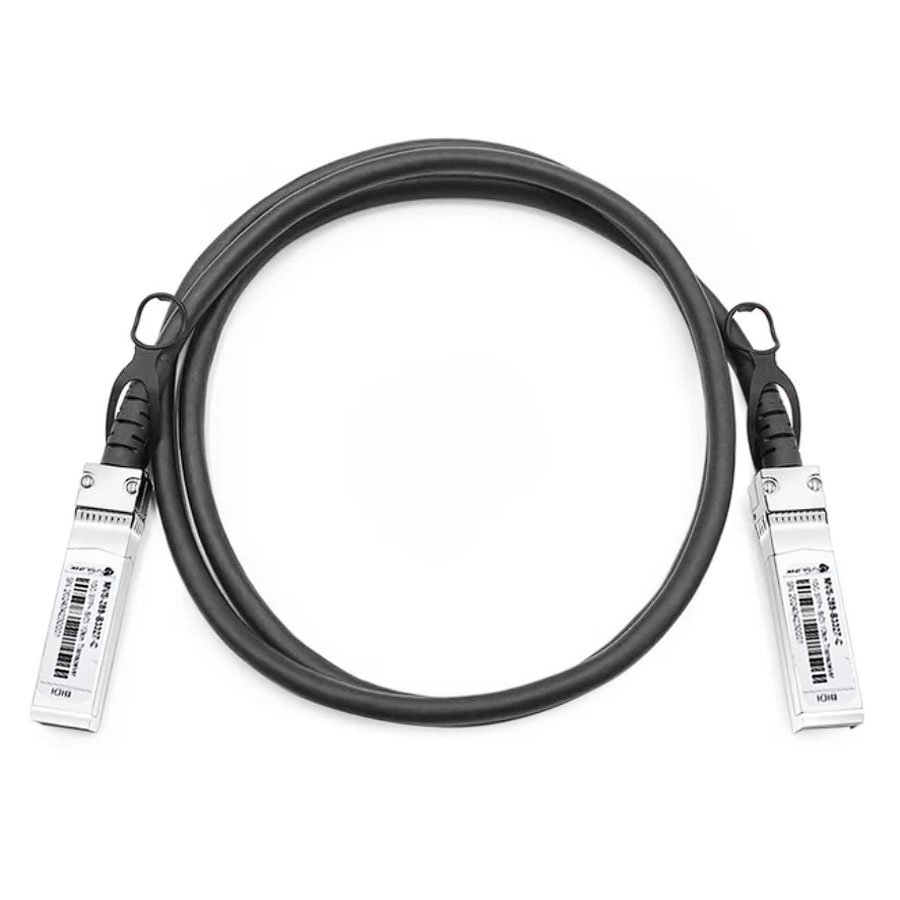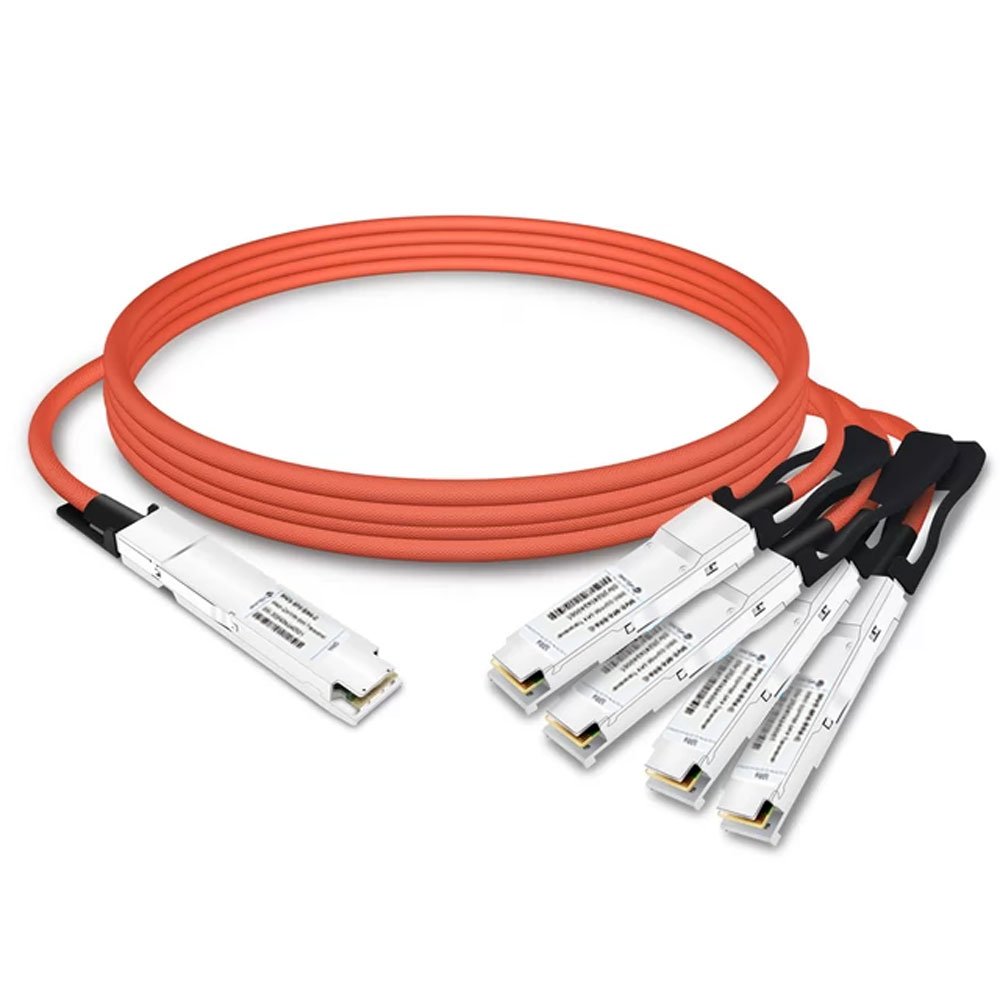Many connection schemes can be used to switch networks and achieve high-speed connections in different scenarios. Include Optical Module + Fiber, Active Optical Cable (AOC) and Direct Attach Cable (DAC). Direct Attach Cable can be further classified into Active ACC, AEC, and Passive DAC.
Below we will explore what DAC and ACC are and what are the differences between them.
Table of Contents
ToggleWhat is DAC?
DAC (Direct Attach Cable) are primarily used for high-speed, short-distance connections, such as servers and GPU connecting to TOR switches
It directly connects two devices through copper media and provides efficient and low-latency data transmission.

What is ACC?
ACC (Active Copper Cable) can transmit over distances 2-3 times longer than DAC. The active chips used in ACC can be divided into Redriver and Retimer, which are used to compensate for the attenuation and distortion of the signal in the transmission process, to ensure the integrity and stability of the signal.
ACC performs well in short – and medium-distance connections inside the data center, especially for scenarios that require high-speed transmission over long distances.

Comparison of Direct Attach Cable and Active Copper Cable
Transmission Distance
400G DAC transmission distance is usually less than 3 meters, while ACC transmission range is usually 5-6 meters. 800G DAC typically has a transmission distance of less than 2 meters, while ACC can transmit 4-5 meters.
Redriver and Retimer Chips
ACC has Redriver and Retimer chips, while DAC does not.
Cost
DAC costs less than ACC and ACC costs less than AOC. ( DAC< ACC<AOC)
Weight
Both of them are heavy. The weight of the DAC depends on the bandwidth and the diameter of the cable. For ACC, it adds Retimer chips, etc. so it gets heavier.
Application
DAC is usually used for short-distance connections, such as connections within or between cabinets. While ACC is more suitable for slightly longer transmission distances, such as cross-cabinet connections in data centers. In addition, ACC has a higher data rate.
More details of the Comparison are listed in the following Table 1.
| Comparison Item | Direct Attach Cable(Passive) | Active Copper Cable |
| 400G Transmission Distance | <3m | 5-6m |
| 800G Transmission distance | <2m | 4-5m |
| Power Consumption | Low | Low |
| Cost | Low | Medium |
| Weight | The higher the bandwidth, the larger the wire diameter, and the heavier the weight. | heavy |
| Application | Short Range, such as connections inside cabinets or between cabinets | Mid-range, extending the DAC’s distance to longer |
Table 1
Conclusion
Direct Attach Cable and Active Copper Cable are both connection schemes used in switched networks, but they differ in transmission distance, cost, and weight. Therefore, users can choose them according to the applications.

